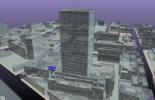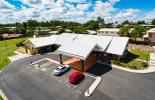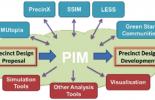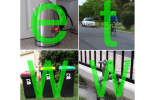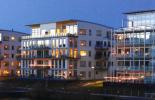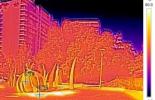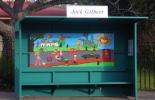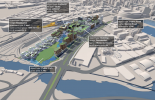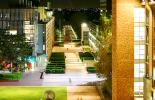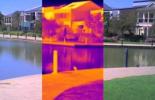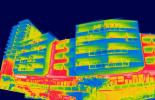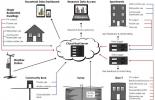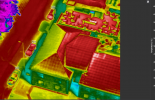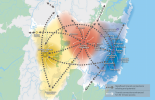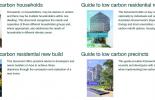Infrastructure changes in the built environment, resulting from the expected 60 per cent growth in Australia's population by 2050, will significantly influence and entrench the way we consume energy and our resulting carbon signature. The Low Carbon Precincts program focused on reducing the carbon footprint of urban systems, with key consideration being given to integrating the interlinked aspects of energy, water, waste, transport and buildings - all of which have significant carbon signatures as well as human health impacts.
The challenge was to reduce the carbon footprint of precinct infrastructure through the development of better tools and planning techniques to make low carbon infrastructure valuable and desirable to the buyer. As a result, low carbon precincts were transformed into highly desirable lifestyle options. Improved planning of precincts aimed to allow carbon footprint to be reduced to zero in the longer term, at the same time as quality of life continued to grow.
The program developed new knowledge and tools to enable the design of, and stimulate the market for, low carbon infrastructure at the precinct scale. This helped facilitate property developers and local government partners to provide low carbon infrastructure development as well as redevelopment and retrofitting at the planning point of delivery.
An emphasis on research education and training in building information modelling (BIM), and extensions to a new precinct scale (PIM) platform, dramatically improved SME design productivity. Integrated tools were developed for demand forecasting at the precinct level, covering energy, transport, waste and water. Design and assessment tools for precincts, focusing on low carbon performance, were developed, applied and tested. Health and productivity co-benefits analysis demonstrated the increased value and stimulate demand for low carbon precincts.
The workflow structure for the Low Carbon Precincts program is indicated in Figure 1. It included six connected work packages, which also linked to the other programs in the CRC.

Figure 1: Workflow structure for Low Carbon Precincts

